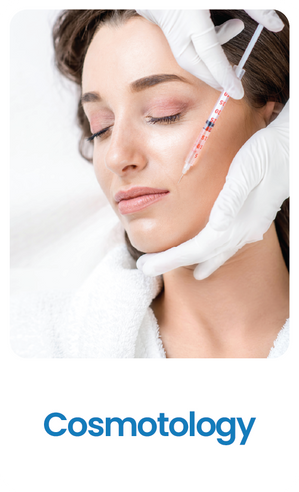Nail Disorders
Nail disorders are common conditions that affect the growth, appearance, texture, or color of fingernails and toenails. They can occur in people of all ages, but certain disorders are more common during adulthood due to aging, trauma, fungal infections, or underlying medical conditions. Some nail disorders may be purely cosmetic, while others may be indicative of more serious health concerns.

Nail Disorders Treatment in Bangalore

Factors Causing Nail Disorders
Nail disorders can be caused by a variety of internal and external factors, including:
-
Prolonged exposure to moisture or chemicals
-
Fungal or bacterial infections
-
Nail trauma or injury
-
Improper nail care or frequent use of artificial nails
-
Underlying health issues like psoriasis, eczema, or thyroid conditions
-
Vitamin deficiencies, particularly iron or biotin
Common Nail Disorders
Nail disorders vary in type and severity. Some of the most commonly seen nail problems include:
-
Onychomycosis (fungal nail infection)
-
Paronychia (nail fold infection)
-
Onycholysis (nail separating from the nail bed)
-
Brittle nails or nail splitting
-
Beau’s lines (horizontal grooves across the nail)
-
Nail pitting (small dents in the nail surface)
-
Ingrown toenails
-
Discoloration (yellow, green, or brownish nails)

Nail Disorder Treatments at SurgiDerma

At SurgiDerma Cosmetic and Plastic Surgery Center, we offer a range of treatment solutions:
Topical Antifungals :
Used for mild to moderate fungal nail infections. These include creams, ointments, or medicated nail lacquers applied directly to the nails.
Oral Medications :
Oral antifungals or antibiotics are prescribed in more severe cases or when topical treatments fail.
Laser Treatment for Nail Fungal Infections :
Laser therapy is an advanced technique to treat fungal infections by penetrating the nail plate and destroying the fungal cells.
Nail Removal :
In extreme cases where infection or damage is extensive, partial or complete nail removal may be recommended. This is followed by proper wound care and nail regrowth monitoring.
Intralesional Steroid Injections :
For inflammatory nail disorders such as nail psoriasis, steroid injections may be administered into the nail matrix to reduce inflammation and normalize nail growth.
Biotin Supplements and Nutritional Therapy :
If brittle or weak nails are caused by vitamin deficiencies, dietary changes and supplements like biotin can improve nail strength and appearance.

Preparing for Nail Disorder Treatment
A personalized treatment plan is created after a comprehensive diagnosis. Your dermatologist will guide you through:
-
Pre-treatment precautions
-
Personalized treatment options based on nail condition and lifestyle
-
Post-treatment nail care and follow-up routines
Treatment results vary depending on the individual’s health, the severity of the condition, and adherence to post-care instructions. It is important to disclose any ongoing medical conditions or medications to avoid complications.






